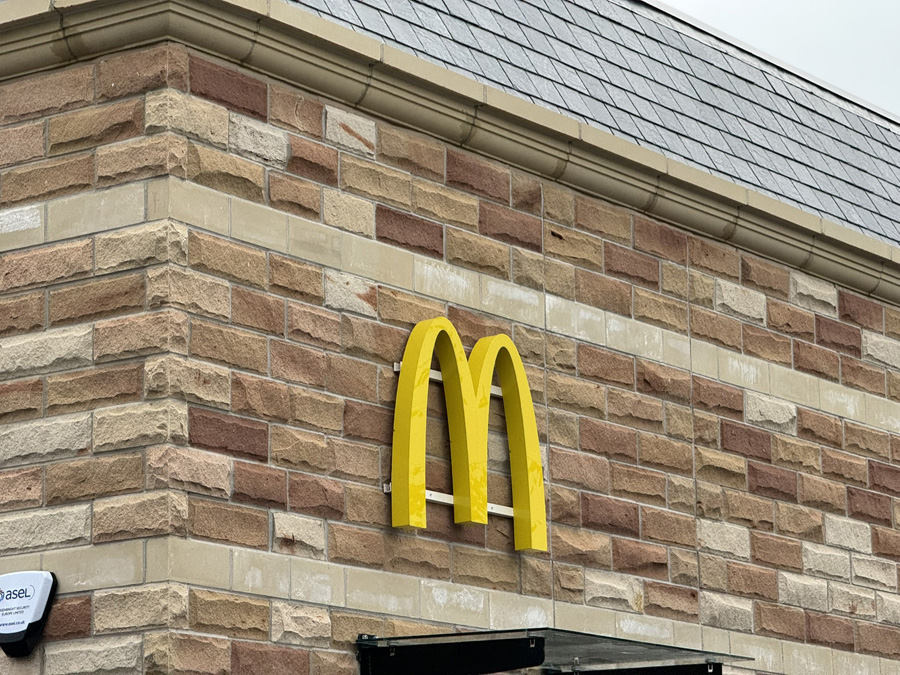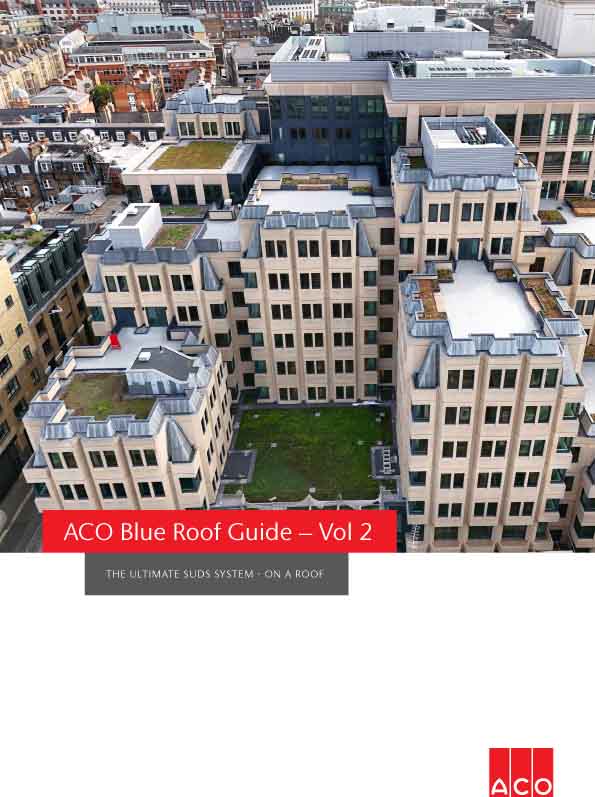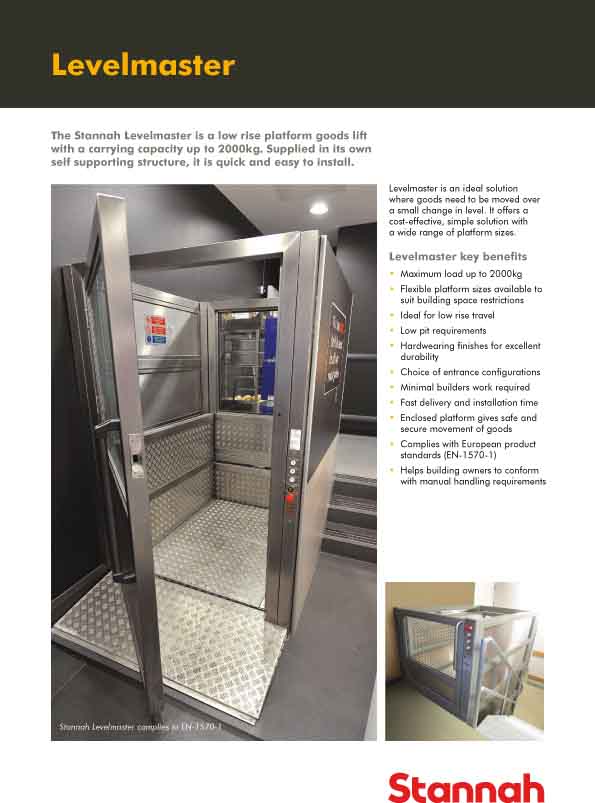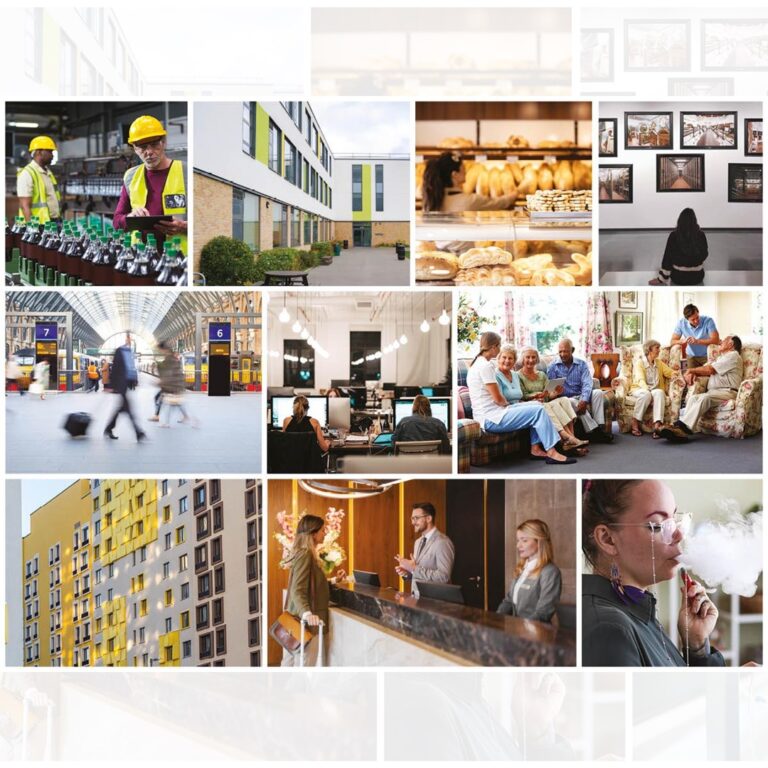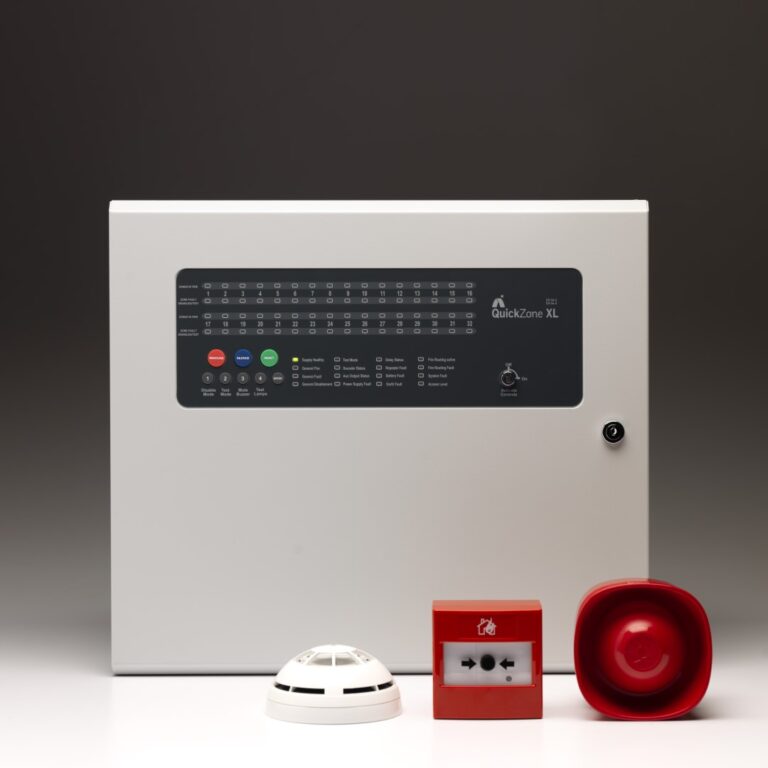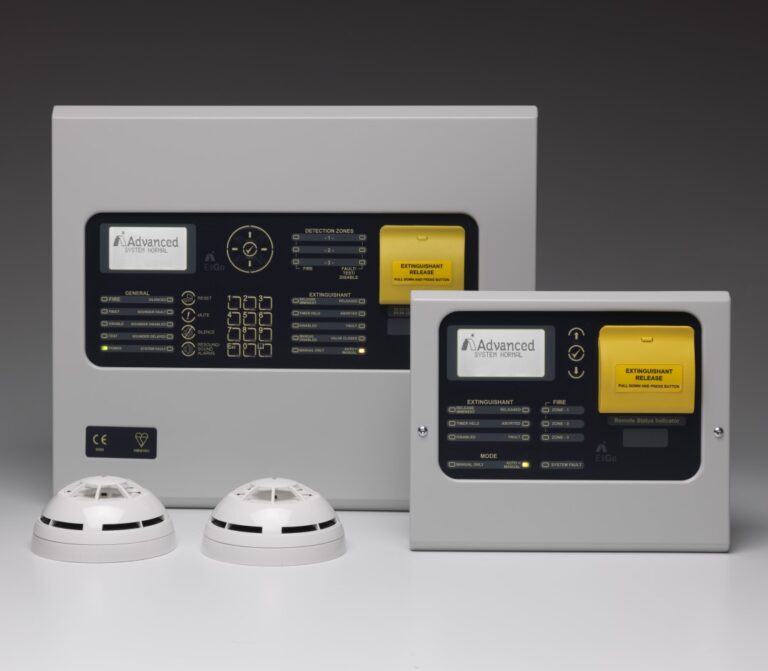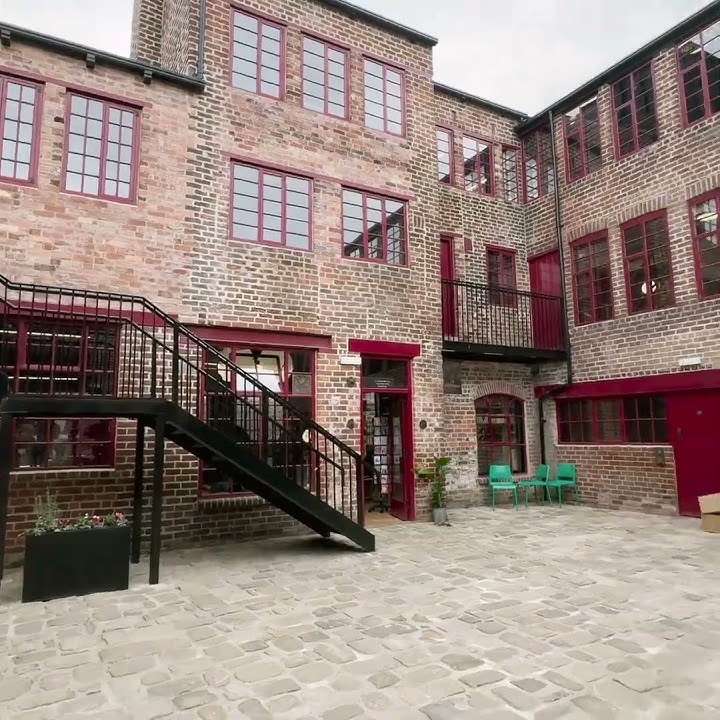Construction has been named the second most dangerous occupation globally, following the publication of the latest Lloyd’s Register Foundation World Risk Poll report.
Data taken from the World Risk Poll shows that almost one in five (18%) of the current global workforce has personally experienced harm at work in the past two years. When compared to other sectors, those in construction are among the most likely to be harmed at work, alongside people in the fishing and mining industries.
The findings are detailed in a new report from Lloyd’s Register Foundation – Engineering safer workplaces: Global trends in occupational safety and health – which is based on data from the latest World Risk Poll. The data was collected by global analytics firm Gallup, who conducted 147,000 interviews in 142 countries and territories around the world.

In total, 22% of construction workers have experienced harm in the workplace in the past two years, four points above the global average of 18%. The report identifies several potential causes, such as working with heavy machinery and spending many hours outdoors in the elements, as well as exposure to hazardous substances. The data shows that men – who are statistically more numerous within the industry – have a higher rate of workplace harm than women. This suggests that men and women aren’t always exposed to the same levels of risk – which often varies based on on-site roles, with men being more likely to do front-line jobs.
However, male and female respondents working in construction also appear to have received differing levels of training. When asked whether they had received safety and health training about their work, women (48%) were significantly more likely to say they had than men (38%).
Globally, three in five construction workers (60%) say they have never received any safety and health training about the risks associated with their work. However, this is significantly impacted by the region where people live and are employed. For example, rates of recent workplace safety training in construction differ from four in five (82%) in Australia and New Zealand to just 6% in Northern Africa.
Figures are also considerably different when factoring in people’s employment status. Of those working in construction, there is a significant gap between those employed full-time for an employer receiving health or safety training (43%) and those who are self-employed (33%).
There is some positive news for the construction sector, as the World Risk Poll found that almost two thirds (61%) of construction workers globally who were harmed in the past two years reported it to someone. For comparison, only 42% of those in manufacturing reported their experiences. Globally, nearly half (49%) of workplace harm goes unreported.
Meanwhile, Southern Asia, Southeast Asia and Central/Western Africa stand out for having some of the lowest rates of reporting coupled with high rates of experienced harm. One programme working to make a change in Southeast Asia is the South East Asia Skills Enhancement Programme (SEASEP), which was set up to provide qualifications and certifications to promote safer practices.
Stephen Wisniewski, Associate Director at TWI Training and Examinations, said: “These results are not surprising. Being the lead partner on the SEASEP has given us insight into the training provided to construction workers across Indonesia, The Philippines, Thailand and India. From our own research, a high percentage of workers have confirmed they have been asked to work on jobs they have not had the necessary training for, with almost half (49%) saying they had agreed to such work. This chimes with the findings from the World Risk Poll, showing that more must be done to better educate construction workers. Our programme has been set up to ensure the next generation of construction workers in Southeast Asia are equipped with better understanding on how to work safely”.
Tim Slingsby, Director of Skills and Education at Lloyd’s Register Foundation, said: “The construction industry, and the people in it, are a vital part of our lives. Yet, it is one of the most dangerous occupations in the world – and the World Risk Poll indicates an alarming lack of occupational safety and health training within it. Promisingly, we know that accidents and fatalities can be significantly reduced if workforces are trained to implement recognised safety practices. That’s why we partner with organisations like TWI, with whom we are delivering the South East Asia Skills Enhancement Programme (SEASEP).
“SEASEP training has already been proven to contribute towards building a regional workforce with health and safety skills, and new safety/inspection rules being implemented by employers. It has also increased the opportunities for under-represented groups, empowering women to participate in SEASEP training. But we can’t act alone; more must be done to improve and extend training to better equip workers to deal with the risks they face.”
Image: iStock/lamontak590623








